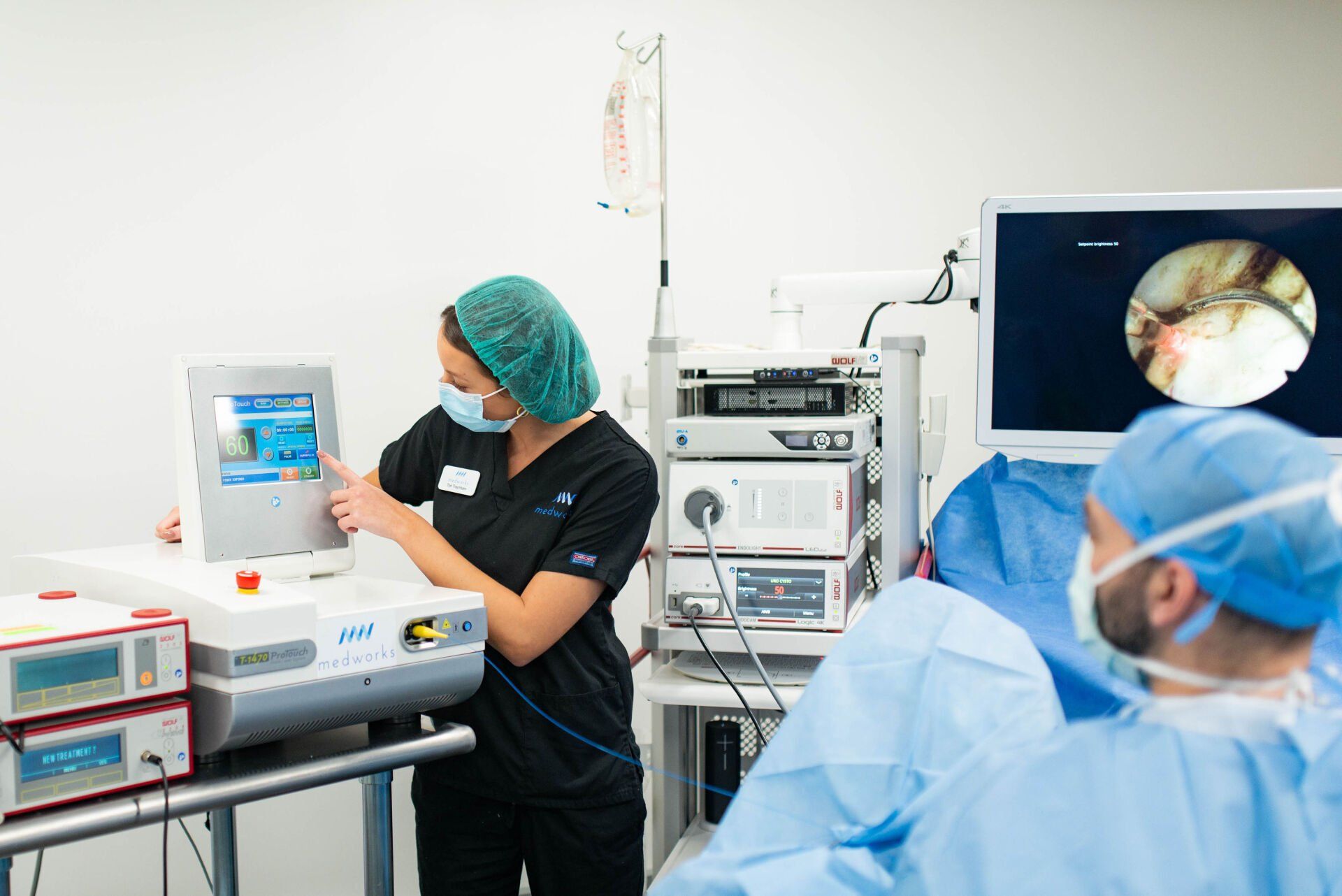Minimizing the Number of Reps in the Operating Room
The Importance of Infection Control
No doubt, COVID has presented a multitude of challenges and stresses for hospitals and other healthcare facilities. Numerous measures and policies have been put into place in efforts to keep patients, personnel, and visitors safe. During the early phases of the pandemic, with respect to the operating room, hospitals found themselves deploying physicians and nurses into new roles. When COVID cases surged in March of 2020, elective surgeries were postponed following federal and state-mandated orders. The process of reinstituting elective surgeries has been a tedious one as was reported back in the 3rd Quarter of 2020.
“At LifePoint, surgeries are slowly being phased back in based on the COVID-19 situation at each hospital,” says Chief Nursing Officer Michelle Watson, RN, MSN. “It’s very controlled,” she says. “It’s not something that just opens all at once.”
The Source, Q3 2020, Strategizing During a Pandemic,
https://healthtrustpg.com/wp-content/uploads/2020/08/TheSource-Q3-2020-digital-1.pdf
While at the time of this writing most facilities are allowing elective surgeries again, there is still a high degree of caution, with patients being closely observed during the days leading up to their procedures. There are also stringent protocols in place for all hospital workers.
So, what does this mean for sales and service representatives who need to access the OR in order to do their jobs? It has been understood for quite some time prior to COVID-19 that selling activities in the OR were prohibited. In many facilities, sales reps are only allowed to be in the OR when supporting a product being used in a particular case. The situation is different for service representatives. Service reps who are called into cases are there to support the equipment (such as lasers) that they are trained to operate. Medworks’ Corporate Trainer, Jason Holley states, “Simply put, service reps are invited while sales reps need permission.” In either situation, there are specific do's and don'ts, areas that are prohibited, and activities that are monitored by facilities. However, the biggest risk, especially during a pandemic is infection control.
Prior to the pandemic, infection control was mostly limited to the OR. Now it starts at the front door. It remains, however, that anyone coming into the OR presents a potential risk of introducing contamination to the area. In general, two reps in the room would be considered the maximum. But in addition to the potential for increased contaminants, the presence of more bodies creates the possibility for error and distractions, as well as an increased risk of exposure. Considering these factors, it is easy to see that “less is more,” providing a better environment for the patient.
Facilities are doing their part to protect their patients by requiring masks, social distancing, and COVID testing. In most situations, PPE is provided although there are some differences in requirements among facilities. Some call for N-95 masks while others do not. Now that the vaccine is approved, facilities are making it available to healthcare representatives. Turning over rooms between cases is taking high priority with some facilities using UV light machines that kill bacteria and viruses, such as COVID. Testing requirements for the virus change as the reported number of cases fluctuate, but negative test results have been an ongoing requirement although becoming less frequent.
Here are some questions to consider regarding service and sales representatives in the OR:
Other than being trained on the equipment and services being rendered, what is required for reps to enter the OR?
All reps, both sales and service, should be certified on Bloodborne Pathogens, OR Protocol, HIPPA Training, Aseptic Techniques, Electrical Safety Training, Fire Safety Training, Radiation Safety Training, as well as keeping immunizations updated. Individual facility policies, which are frequently updated, must be read and acknowledged.
Is there a good reason to have more reps in the room?
Yes, predominantly for training purposes. This activity was suspended during the height of the pandemic, but some facilities are allowing it again.
How can the number of reps in the OR be minimized?
Service and sales representatives that are thoroughly trained on multiple product lines and procedures have the ability to offer a broader spectrum of support in the OR than for just one product. This reduces the need for multiple representatives in the room, ultimately minimizing the number of reps required to support a case.
In conclusion, it’s easy to see that when less staff is present in the OR, there is less chance for additional risks in infection and entry of contamination into a sterile environment. In a normal urological surgery, the number of staff involved in a procedure would be five to six personnel. This would include the surgeon, anesthesiologist, circulator (RN), surgical assistant, and the number of sales and service reps needed to support products and equipment. With service reps qualified and ready to perform multiple functions during a procedure, therein lies a viable solution to limiting the OR staff for the betterment of patient safety and improved efficiency in procedure support.

